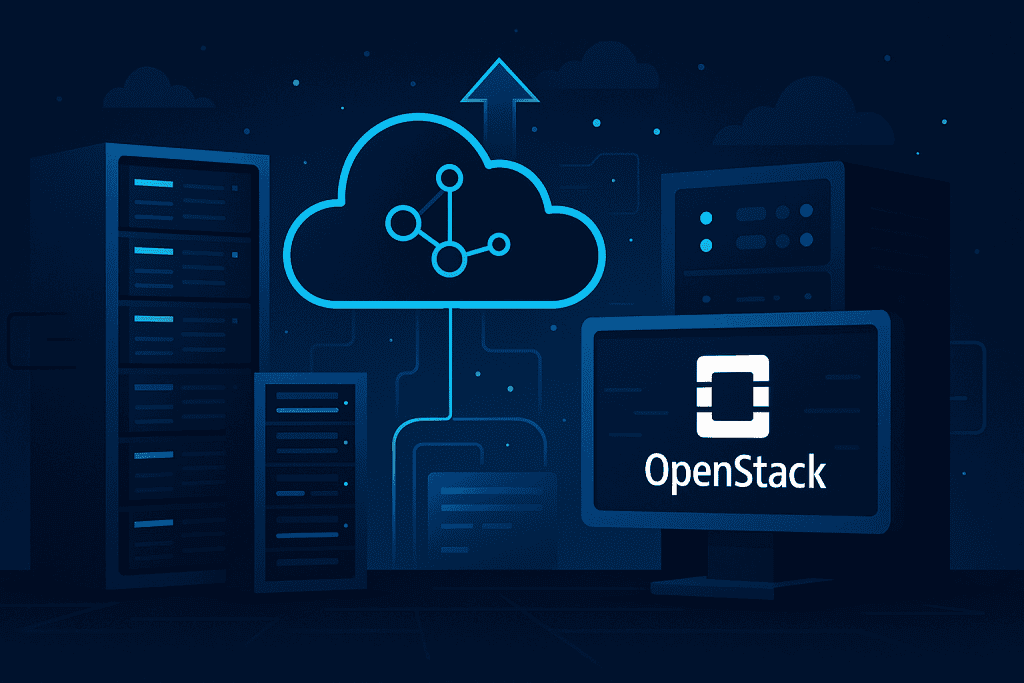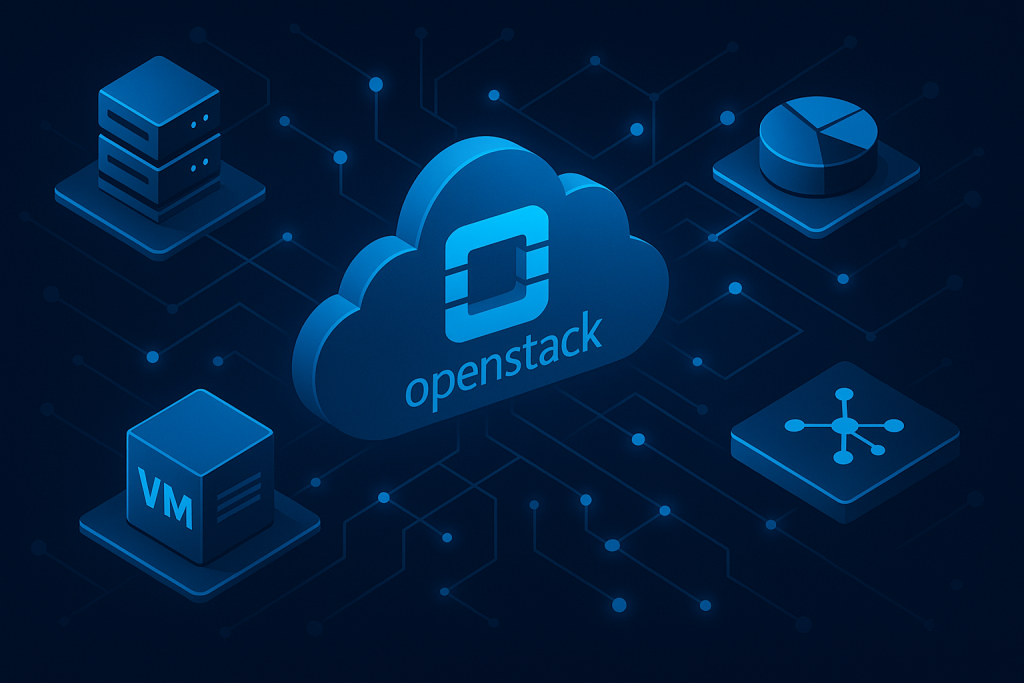
OpenStack is at the forefront of transforming private cloud environments, offering businesses a flexible, scalable, and secure solution for cloud infrastructure. With the rapid growth of cloud computing technologies, organizations are actively seeking robust platforms to enhance efficiency while maintaining control over sensitive data. OpenStack has become a significant player in this space, catering to both large enterprises and small businesses.
This blog explores OpenStack’s potential to deliver a secure private cloud environment, diving into its key features, performance, and user experience. Whether you’re an IT professional, a business owner, or a tech enthusiast, understanding the capabilities is essential for staying ahead in the rapidly evolving technology landscape.
Overview
OpenStack is an open-source cloud computing platform designed to control and manage large pools of compute, storage, and networking resources. It supports private and hybrid cloud solutions, allowing enterprises to build tailored cloud environments. What sets it apart is its modular architecture, offering flexibility to deploy only the components required for specific use cases.
Key features of OpenStack include:
- Scalability: Seamlessly scale resources up or down based on demand.
- Security: Built-in identity management, role-based access control, and secure API endpoints.
- Integration: Compatibility with a range of technologies, including Red Hat OpenShift and IoT devices.
- Cost-efficiency: An open-source foundation eliminates the need for expensive licensing fees.
OpenStack is a solution designed for industries demanding high security and customization, from healthcare to finance. Its flexibility and growing ecosystem providers make it a top contender in the advanced technology space.
Key Features and Specifications

1. Modular Design
OpenStack’s modular framework includes components for computing (Nova), storage (Swift and Cinder), networking (Neutron), and more. This allows organizations to deploy the exact resources they need, reducing complexity and improving cost-efficiency.
2. Scalability and Performance
OpenStack excels in environments requiring rapid scaling. With its dynamic resource allocation, businesses can handle fluctuating workloads with ease. Its ability to integrate with it cloud providers ensures performance remains high, even during peak times.
3. Comprehensive Security Features
Security is a core strength of OpenStack. Features like role-based access control (RBAC), network segmentation, and encrypted storage options ensure data protection. Its Red Hat OpenShift integration enhances container security.
4. Hybrid Cloud Capabilities
OpenStack supports hybrid deployments, bridging private and public clouds for seamless data and workload mobility. This flexibility is particularly valuable for organizations looking to balance cost and control.
In-Depth Review

User Experience and Interface
OpenStack offers a streamlined dashboard, enabling easy management of resources and configurations. However, some users report a steep learning curve for beginners. Despite this, seasoned IT teams find the platform highly customizable and efficient.
Performance Evaluation
In terms of performance, OpenStack demonstrates impressive stability and scalability. The ability to handle large-scale workloads, especially in high-demand environments like media production and healthcare, is a testament to its robust design. However, resource-heavy deployments may require advanced optimization to prevent bottlenecks.
Comparison to Competitors
Compared to other private cloud solutions, such as VMware and AWS Outposts, it stands out for its open-source nature and cost-effectiveness. While it lacks the out-of-the-box simplicity of competitors, its customization capabilities and thriving ecosystem of OpenStack providers give it an edge for complex use cases.
Pros and Cons
| Pros | Cons |
|---|---|
| Fully open-source, reducing costs. | Steep learning curve for new users. |
| Highly flexible and customizable. | Complex setup and maintenance. |
| Strong community support and updates. | May require third-party tools for monitoring. |
Conclusion
OpenStack’s unique combination of flexibility, security, and scalability makes it an attractive option for organizations looking to build a secure private cloud environment. While it requires a certain level of expertise to optimize its capabilities, the long-term benefits far outweigh the challenges. With ongoing advancements in its ecosystem and integrations with technologies like IoT and Red Hat OpenShift, OpenStack is poised to remain a leader in the futuristic technology space.
FAQs
- What is OpenStack used for?
OpenStack is used for building private and hybrid cloud environments, enabling organizations to manage compute, storage, and networking resources. - How does OpenStack compare to VMware?
OpenStack offers more customization and cost-efficiency due to its open-source nature, while VMware is more user-friendly but comes with higher licensing fees. - What industries benefit the most from OpenStack?
Industries like healthcare, finance, and media benefit from OpenStack’s scalability, security, and flexibility.
Resources
- Capterra. OpenStack Reviews.
- CompareCamp. OpenStack Review, Pricing, Pros & Cons, Features.
- Finances Online. OpenStack Product Reviews.
- G2. OpenStack Ratings & Reviews.
- SaaSWorthy. OpenStack Cloud Overview.
